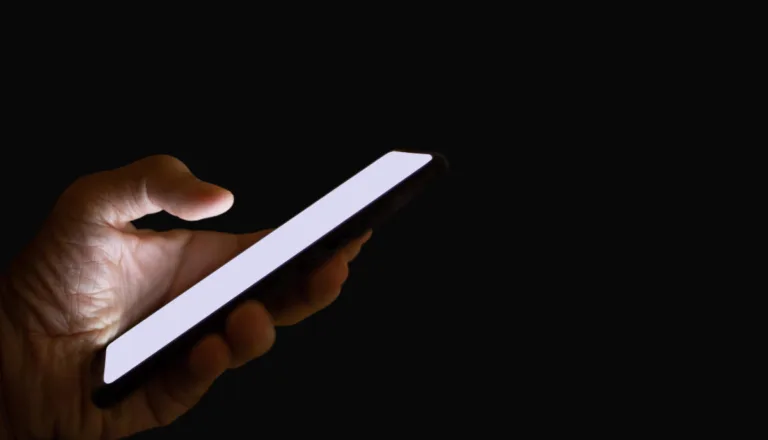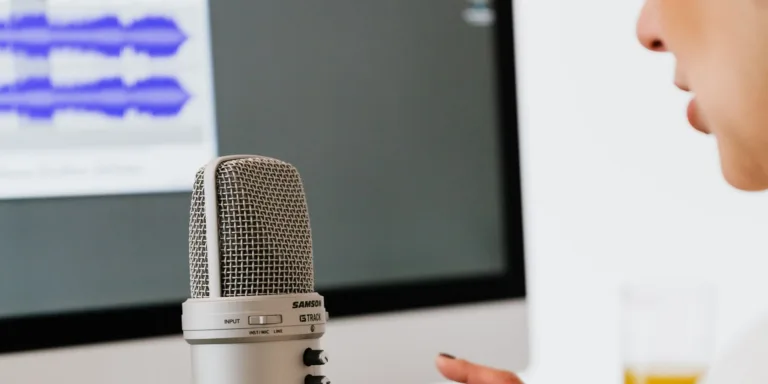Biosensors Are Becoming More Accessible: What It Means for You
Advancements in biosensing technology are set to revolutionize the wearable market, offering people with Type 2 diabetes new options and providing those without diabetes with valuable insights into their health. Traditional wearables and smartwatches can detect certain health indicators such as blood oxygen levels and sleep quality, but other crucial data, like blood sugar levels, has remained restricted to prescription devices or remained unavailable altogether in the US. However, recent developments in biosensors showcased at CES suggest that this is about to change.
What Are Biosensors?
Biosensors are wearable devices that adhere to your skin, typically on your arm, to collect health data using small sensors. Continuous glucose monitors (CGMs) have been the primary biosensor for people with Type 1 diabetes. Earlier this year, Abbott announced Lingo, a consumer line of biosensors that can measure glucose levels and will soon be able to measure other important health indicators like ketones in the blood. Lingo pairs with a coaching app designed to help users better understand their health data.
Expanding Glucose Monitoring to Type 2 Diabetes
Glucose monitoring has traditionally been associated with Type 1 diabetes, but recent advancements are expanding its accessibility to people with Type 2 diabetes who don’t use insulin. Dexcom recently submitted its new continuous glucose monitor, Stelo, to the US Food and Drug Administration for approval, with an expected availability this summer. Stelo will provide immediate insights into how the body processes blood sugar in response to various activities and food choices. This personalized information can be more beneficial than general advice given by doctors, such as the generic recommendation to “eat less, exercise more.”
Improving Type 1 Diabetes Care
At CES 2024, companies like Abbott, Dexcom, and Tandem showcased their latest advancements in automated technology aimed at improving the lives of those with Type 1 diabetes. Tandem unveiled its Mobi insulin pump, the world’s smallest FDA-cleared automated insulin delivery system. It works with CGMs to continuously deliver insulin as needed. Abbott and Tandem also announced the integration of Abbott’s Freestyle Libre 2 Plus Sensor with Tandem’s T:slim X2 insulin pump, providing a seamless glucose monitoring and insulin delivery solution.
Biosensors for General Wellness
Biosensors are not limited to diabetes management. At CES, Nix presented a biosensor aimed at athletes, allowing them to monitor their hydration levels during workouts. While initially targeting athletes and biohackers, biosensors like Nix have the potential to benefit everyone by providing insights into important health parameters like hydration, which affects organ function, digestion, and overall well-being.
Addressing Affordability Barriers
While biosensors have the potential to become as popular as devices like Fitbit and Apple Watch, accessibility and affordability remain important considerations. Currently, the reach of CGMs and automated insulin systems is limited to those with Type 1 diabetes who can afford or have insurance coverage for such technologies. However, the mass appeal and purchasing ease of biosensors would enable more individuals to access valuable health insights and potentially prevent the onset of chronic diseases.
Source: In 2024, Biosensors Are Becoming More Accessible: What It Means for You – CNET







